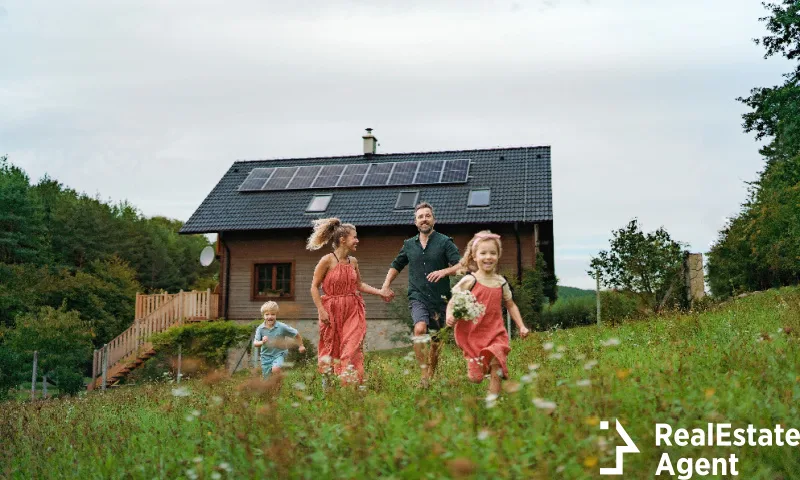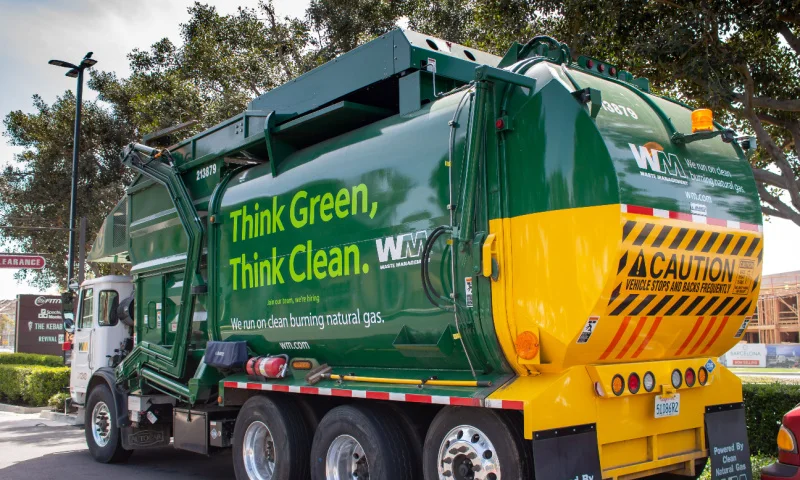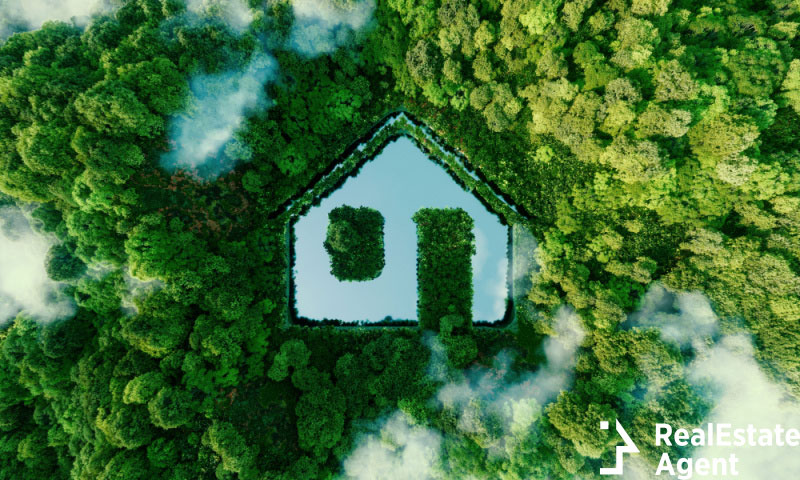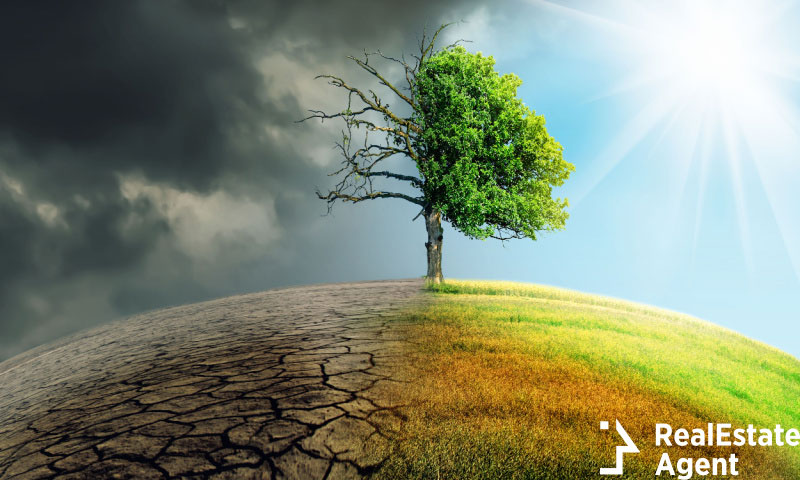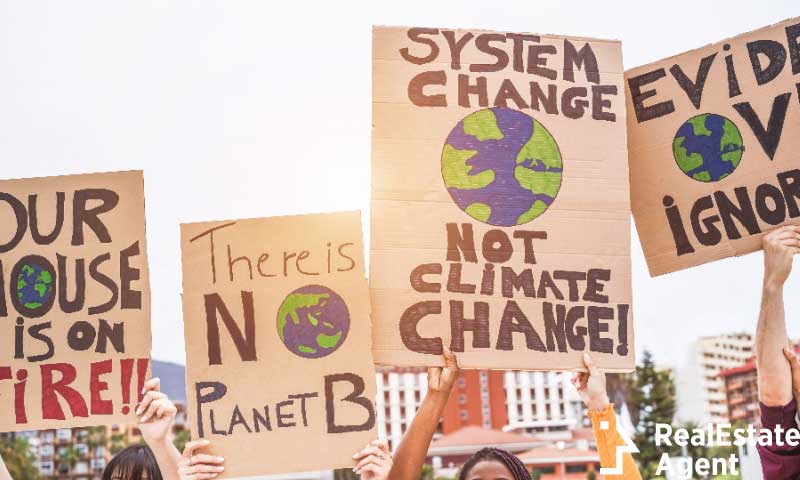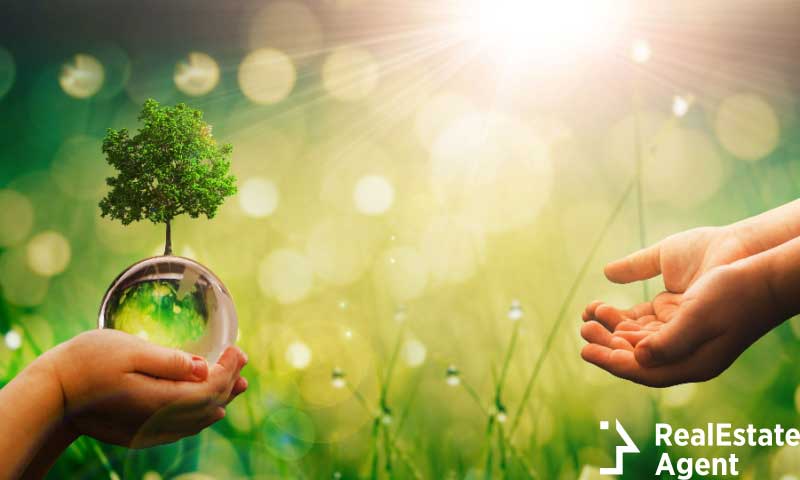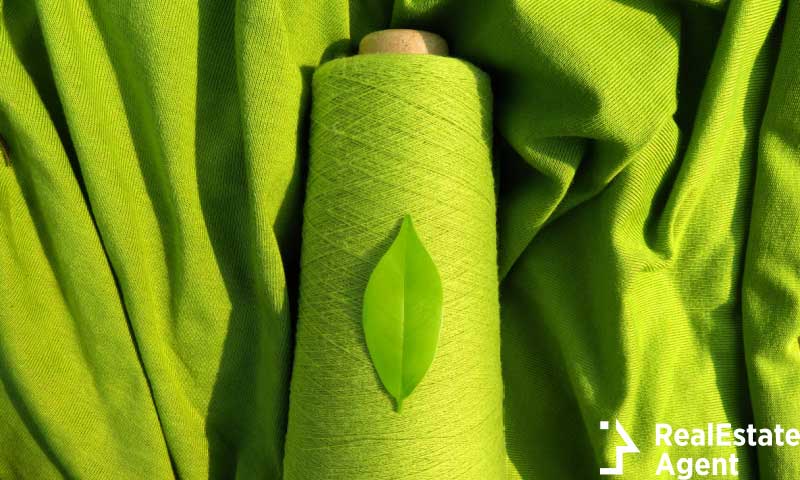As preserving our environment is becoming more and more important, the idea of living sustainably is the logical reaction following. On an individual level, our small living environment is the area where we can make a palpable change for a start. The interest in energy-efficient home designs is ever-increasing, not just because of the ethical implications of sustainability but also because those designs offer a pleasant, fulfilling way of life. There is a whole galaxy of strategies for creating sustainable homes, from small upgrades to full-blown refurnishing. The benefits of making the switch are countless.
So, what are the best ways to make your home more sustainable? All real and lasting changes come from within. Following this rule, sustainability starts with adopting a mindset that prioritizes an environmentally responsible way of life. The mentality will consequently bring changes along the way. Sustainably refurnishing your home can mean adopting energy-efficient home designs and technologies. But it can also mean arranging your home to make living an environmentally conscious lifestyle easier.
In this article, we are going to take a look at some of the most efficient home designs for living a life that aligns with your beliefs and benefits the environment.
What is a sustainable building?
Energy-efficient home designs are envisioned in a way that optimizes and minimalizes energy usage. A sustainable home reduces the consumption of natural resources and saves energy. This means incorporating quality materials and systems that are low-impact and durable. The efficiency has to be present at all levels from manufacturing to shipping and installing.
Energy-efficient home designs take into consideration the specifics of location and use them to the advantage of the building. Natural light and airflow are some of the first things to look at, considering the characteristics of the local climate as well. Using the place’s given features can help design heating and cooling systems more efficiently.
As a second step of planning, the size of the building needs to be thought through carefully. Ideally, the smaller the building, the fewer resources are needed to be constructed and sustained. However, big families or certain jobs require larger living spaces, so tiny houses don’t work for everyone. When going with an energy-efficient home design, it is important to think your needs through. Most of the things we think we need are just because of the mental comfort of sticking with what we are used to.
Sustainable homes are also about being energy-efficient, durable, and low-consumption. Waste management is of paramount importance, but usually, a sustainable lifestyle already involves having strategies for that. Efficient home designs are planned to last and leave as little waste behind as possible.
Build for the future
It is calculated that by the year 2050, the Earth’s population will grow to 9.8 billion individuals. A rough 70 percent of them will live in urban areas. Environmental planning will be crucial, but by 2050, energy-efficient home designs will have to become the norm. In order to survive, the cities of the future will have to treat the protection of the environment as the most important principle in planning.
Preserving and replenishing water resources will be the number one priority. Ideally, the concepts of circular economy will be put into practice on a large scale over time. However, large-scale implementation has its difficulties, and political action is required in order to see more significant changes. Until then, we don’t have to wait for things to change by themselves. We can start doing whatever we can to make a difference – even if it is only for bettering the quality of our own life for now. Energy-efficient home designs offer the benefits of living off the grid, closer to nature and leading a healthier lifestyle.
Energy-efficient designs to consider for your new home
Upgrading a home to incorporate sustainable designs is typically doable. But if you plan to build a house from zero, applying the main principles of energy efficiency from the start makes things easier later.
Active sustainable designs
In brief, an active sustainable design involves the use of technologies like solar panels, wind energy, and thermal harvesting systems to convert energy into electricity. Numerous technologies have gained prominence in recent years.
Solar power, wind power, geothermal energy
Solar panels capture sunlight and convert it into electricity, offering a clean and renewable energy source. With some big companies also focusing on eco-consciousness, many innovative solutions for solar roof technology are made available. Wind turbines harness wind energy to generate electricity. They are especially effective in windy areas or offshore locations. Geothermal systems utilize the Earth’s natural heat to generate electricity or provide heating and cooling for buildings.
Greywater systems and rainwater harvesting
Water recycling could be one of your main priorities if you’re looking for sustainable ways to remodel a bathroom. Greywater refers to wastewater from sources like sinks and showers. Greywater systems filter and treat this water, making it suitable for non-potable uses such as toilet flushing or irrigation. Collecting and storing rainwater for later consumption reduces water consumption, especially for irrigation purposes.
HVAC systems
If passive features are not enough, you can use HVAC systems to heat or cool a building. In the case of energy-efficient home designs, those can be powered by renewable energy sources such as solar or wind to generate heat, air conditioning, and ventilation.
Passive sustainable designs
Energy-efficient home designs include architectural approaches that utilize the natural elements of sunlight, airflow, and thermal mass to minimize energy consumption. They aim to maximize energy efficiency and reduce reliance on mechanical systems. Passive sustainable designs offer comfort by taking into consideration orientation, natural ventilation, and shading, for example.
Natural lighting and ventilation
Incorporating windows and skylights into energy-efficient home designs can provide lighting throughout the day without having to use electricity. A neutral ventilation system uses natural airflows to let air into the building. Cross-ventilation lets air circulate through the building, lowering the need for electric ventilation.
Using recycled materials
Using reused and recycled materials is a simple and effective way of reducing consumption in construction. Choosing locally sourced materials decreases the need for the use of fossil fuels for transportation.
Green roofs, green walls, and vegetation
You can improve your home’s insulation by incorporating a green roof in your energy-efficient home designs. Green roofs and walls are especially good for improving air quality and cooling in the summer. Trees are excellent for keeping the building in the shade, allowing temperatures to stay cooler for longer.
Green materials
General characteristics of eco friendly building materials are that they are non-toxic, recyclable, or reclaimed. Wood has to come from certified sources or rapidly renewable plants like bamboo or straw. Stone and glass are excellent recyclable materials, and responsibly sourced thatch could be another great option for roofs.
Types of sustainable living spaces
As energy-efficient home designs keep trending, there are several ones to choose from. These green homes have proven to be especially effective and comfortable while keeping a low carbon footprint.
Tiny houses
Tiny houses are very small, compact little dwellings designed to be maintained with minimal resources. They require less maintenance but also fewer resources to build. Tiny houses can function with energy-efficient appliances and have alternative active and passive sustainable designs incorporated. Those petite dwellings promote a minimalistic lifestyle that leaves a smaller mark on the environment.
Passive houses
Passive houses have much smaller energy consumption and minimal need for cooling and heating systems. Passive houses take advantage of the location’s natural features to create energy-efficient dwellings. They prioritize high-performance windows, good insulation, and airtight construction. Their main principles can be applied to both family homes and skyscrapers. Passive houses can save up to 90% of energy used for heating and cooling.
Net-zero energy homes
Net-zero energy homes are highly efficient buildings designed to produce as much energy as they consume over a year. They achieve this through features like solar panels, advanced insulation, and energy-efficient appliances. These homes help reduce carbon emissions and promote sustainable living by minimizing reliance on external energy sources.
Earthships
Designed to operate off-grid with the help of natural resources, Earthships are sustainable ecological homes. Those are typically built with recycled or organic materials. They use thermal mass and rainwater harvesting systems to incorporate multiple energy-efficient home designs. Earthships can be completely self-sufficient and have excellent waste management plans as well.
Straw bale homes
These energy-efficient dwellings are constructed using straw bales as insulation. The thick straw walls provide excellent thermal performance, reducing the need for heating and cooling. They also have low embodied energy and promote sustainable building practices. They are a great example of energy-efficient home designs.
Conclusion
Energy-efficient home designs offer numerous advantages for living spaces. Firstly, they reduce energy consumption, resulting in smaller bills. These designs optimize energy use and minimize waste by incorporating features of good insulation, energy-efficient appliances, LED lighting, and smart home technologies. This not only saves money but also reduces reliance on non-renewable energy sources. This decreases the carbon footprint of those buildings, contributing to sustainability. The gift of sustainability comes with much more than what is visible on the surface.
The long-term benefits of choosing energy-efficient designs extend beyond financial savings. These homes are more durable, as features like proper insulation and water sealing prevent moisture damage and increase the lifespan of the building. Energy-efficient homes usually have a higher resale value as well. By adopting sustainable practices, homeowners can contribute with a slice to mitigating climate change and creating a healthier environment for future generations. Overall, energy-efficient home designs offer a holistic approach to living spaces, offering long-term value.


